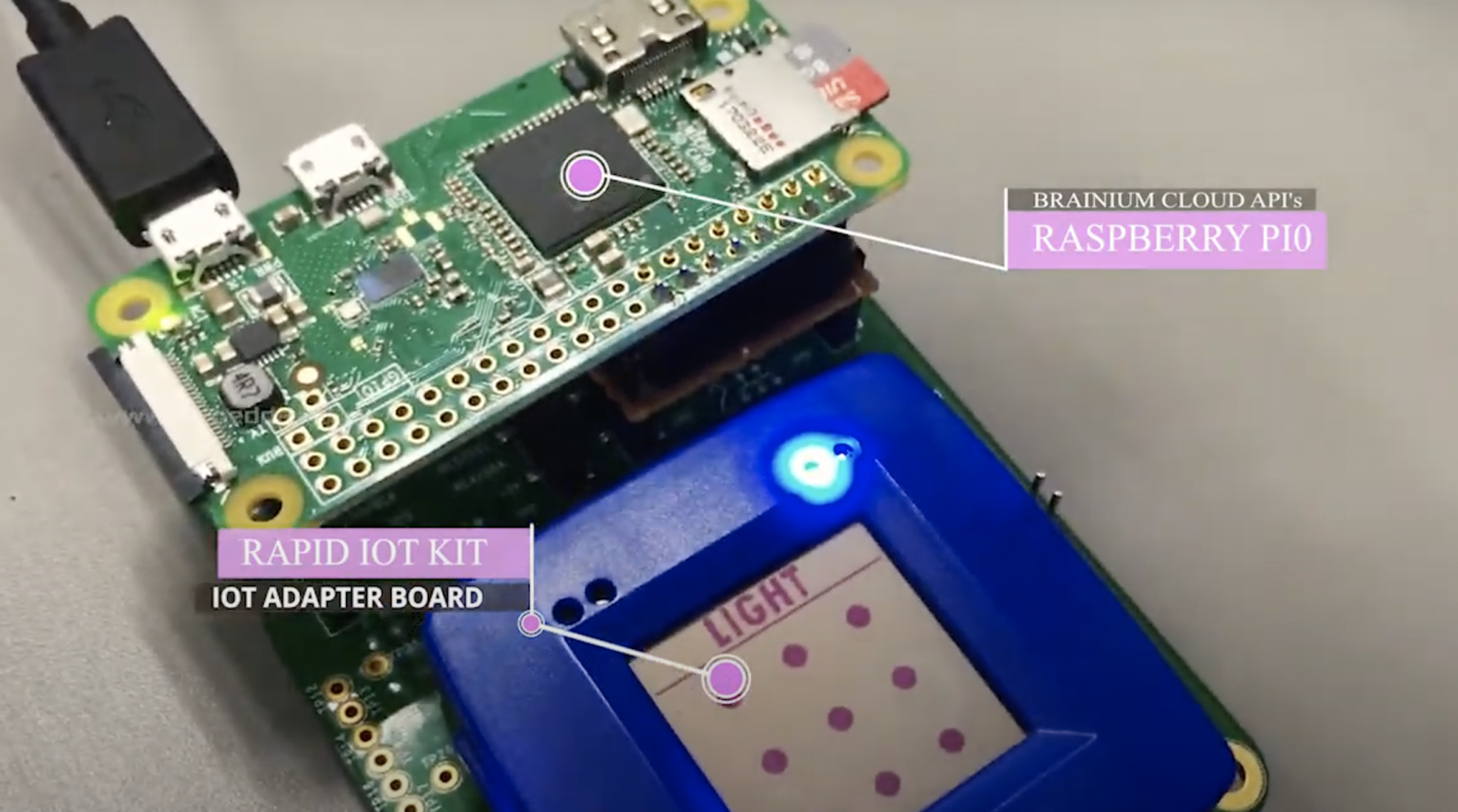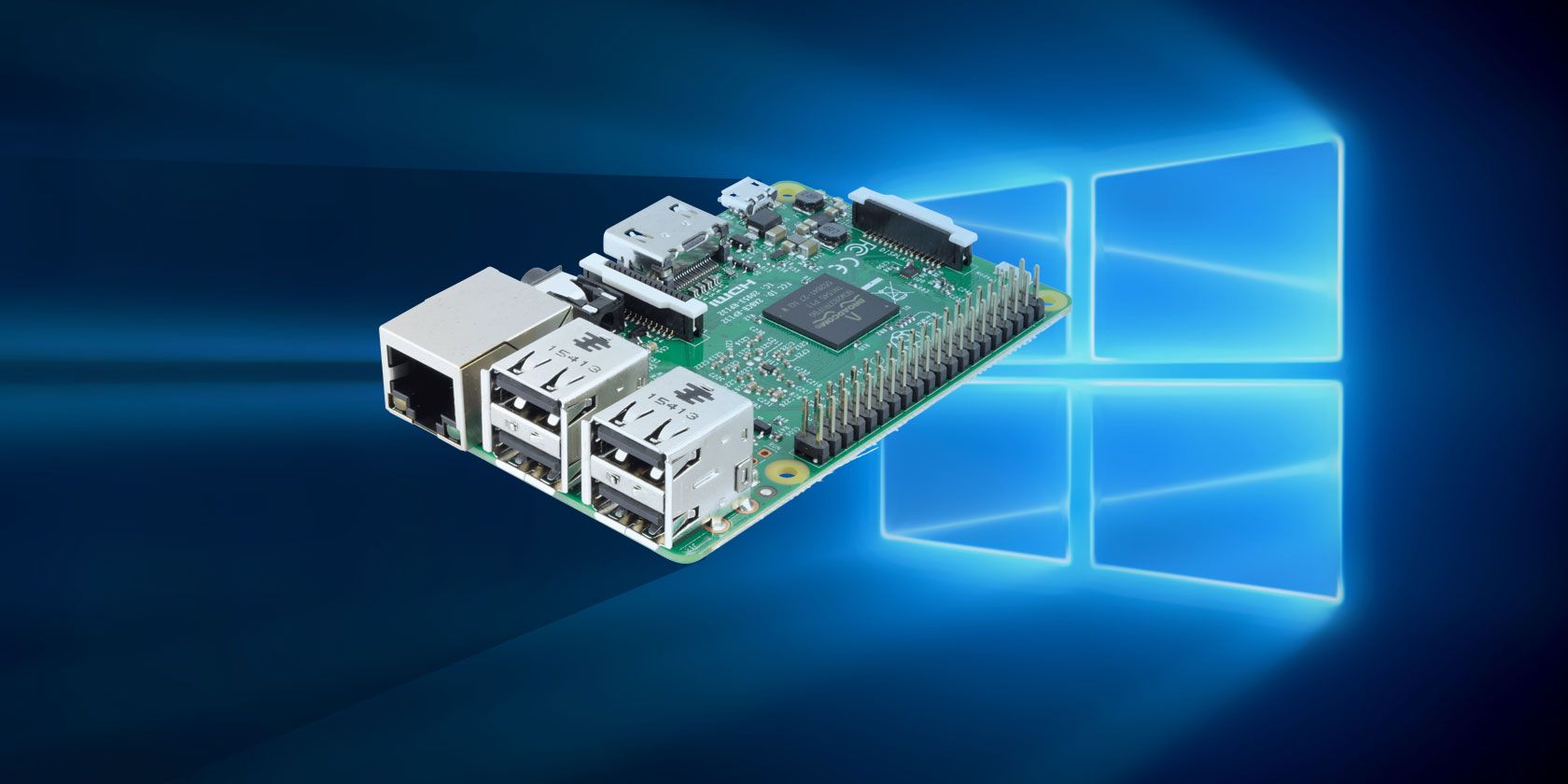Building A Secure IoT P2P Network With Raspberry Pi
Establishing secure connections for IoT devices in a peer-to-peer (P2P) network using Raspberry Pi is essential in today's technology landscape. As IoT continues to expand, ensuring data security has become a fundamental requirement. By utilizing Raspberry Pi, users can create an affordable and secure infrastructure for remote IoT communication without incurring additional costs. This comprehensive guide will walk you through setting up and maintaining a secure connection for your IoT P2P network.
In today’s interconnected world, the rise of IoT has revolutionized the way we interact with technology, from smart homes to industrial automation. However, this convenience also brings the responsibility to safeguard data. Establishing remote connections for IoT devices introduces potential vulnerabilities, making it critical to address these concerns to protect sensitive information. This article provides practical strategies for securing IoT P2P connections using Raspberry Pi.
Whether you're a hobbyist, developer, or professional, understanding how to establish secure remote IoT connections in a P2P network using Raspberry Pi is an invaluable skill. This guide will cover everything from setting up hardware and software to implementing advanced security protocols—all at no extra cost. Let’s get started!
- Dexters Return A New Chapter For A Beloved Antihero
- Discovering Luis R Conriquez A Rising Star In The Music World
Table of Contents
- Understanding IoT P2P Networking
- Advantages of Using Raspberry Pi for IoT
- Hardware Requirements for Secure IoT P2P
- Setting Up Software for Raspberry Pi
- Implementing Robust Security Measures
- Exploring Encryption Techniques for IoT P2P
- Configuring Remote Access
- Troubleshooting Common Challenges
- Enhancing Performance
- Conclusion
Understanding IoT P2P Networking
IoT P2P networking enables devices to communicate directly without the need for a centralized server or cloud infrastructure. This approach not only reduces latency but also improves efficiency, making it an ideal solution for applications that require real-time data exchange. By leveraging Raspberry Pi as the central hub, you can establish a robust and secure P2P network for your IoT devices.
Key benefits of IoT P2P networking include:
- Minimized latency and enhanced responsiveness
- Lower operational costs due to reduced reliance on external servers
- Improved security through direct device communication
In this section, we delve into the workings of P2P networking and why it is pivotal for secure IoT implementations.
- Family Business Season 5 A Deeper Dive Into The World Of Family Dynamics And Entrepreneurship
- How To Enjoy Apple Music For Free A Comprehensive Guide
Exploring P2P Architecture
P2P architecture eliminates the need for centralized servers by allowing devices to communicate directly. This decentralized structure enhances security and reduces the risk of single-point failures. By using Raspberry Pi, you can create a stable and secure P2P network tailored to your IoT devices.
Advantages of Using Raspberry Pi for IoT
Raspberry Pi has emerged as a top choice for IoT projects due to its affordability, versatility, and ease of use. It offers a powerful platform for developing secure IoT P2P networks without incurring high costs. Below are some of its standout features:
- Cost-effective hardware solution
- Extensive range of compatible software and libraries
- Strong community support and comprehensive documentation
With Raspberry Pi, you can establish a secure IoT P2P network using open-source tools, ensuring no additional expenses.
Why Raspberry Pi is a Superior Choice
Compared to other single-board computers, Raspberry Pi stands out due to its performance, compatibility, and robust community support. Its ability to run lightweight Linux distributions makes it an ideal platform for IoT projects. Moreover, its GPIO pins facilitate seamless integration with external sensors and devices.
Hardware Requirements for Secure IoT P2P
To establish secure remote IoT connections in a P2P network using Raspberry Pi, you’ll need the following hardware components:
- Raspberry Pi 4 Model B (or a newer model)
- MicroSD card (16GB or higher)
- Official Raspberry Pi power adapter
- Ethernet cable (optional for wired connections)
- Wi-Fi dongle (if not using built-in Wi-Fi)
- External sensors or devices (based on your specific project)
Selecting the appropriate hardware is the first step in creating a secure and efficient IoT P2P network.
Ensuring Physical Security
Physical security is as critical as digital security. Protect your Raspberry Pi and connected devices by using secure enclosures and keeping them in a controlled environment. Additionally, regularly update firmware and software to address vulnerabilities.
Setting Up Software for Raspberry Pi
Configuring the software for your Raspberry Pi involves installing the operating system, configuring network settings, and implementing security protocols. Follow these steps to begin:
- Download and install Raspberry Pi OS on your MicroSD card
- Connect your Raspberry Pi to a monitor, keyboard, and mouse
- Boot the device and complete the initial setup
- Enable SSH and configure Wi-Fi settings
Once the basic setup is complete, you can proceed to install additional software and libraries necessary for your IoT P2P network.
Configuring Network Settings
Proper network configuration is essential for secure IoT P2P connections. Use static IP addresses for your Raspberry Pi and connected devices to ensure consistent communication. Additionally, configure firewalls and access controls to restrict unauthorized access.
Implementing Robust Security Measures
Security remains a top priority when connecting IoT devices in a P2P network. Implementing strong security measures ensures the protection of sensitive data and prevents unauthorized access. Key security practices include:
- Using complex passwords and enabling two-factor authentication
- Regularly updating software and firmware
- Implementing firewalls and intrusion detection systems
By adhering to these best practices, you can create a secure environment for your IoT P2P network.
Securing Data Transmission
Securing data transmission is crucial for protecting sensitive information. Use encryption protocols such as TLS/SSL to secure data in transit. Additionally, implement secure authentication mechanisms to verify the identity of connected devices.
Exploring Encryption Techniques for IoT P2P
Encryption plays a pivotal role in securing IoT P2P networks. By encrypting data, you can protect it from interception and unauthorized access. Common encryption techniques include:
- Advanced Encryption Standard (AES)
- RSA encryption
- Elliptic Curve Cryptography (ECC)
Select the encryption method that aligns with your project requirements and implement it using available libraries and tools.
Implementing AES Encryption
AES is a widely adopted encryption standard due to its speed and reliability. You can implement AES encryption on Raspberry Pi using Python libraries such as PyCryptodome. This ensures secure data transmission between IoT devices in your P2P network.
Configuring Remote Access
Remote access allows you to manage and monitor your IoT P2P network from anywhere. Use secure protocols such as SSH and VNC to access your Raspberry Pi remotely. Additionally, consider setting up a reverse proxy or dynamic DNS for easier access.
Follow these steps to configure remote access:
- Enable SSH on your Raspberry Pi
- Set up port forwarding on your router
- Use a secure SSH client to connect remotely
By following these steps, you can securely access your IoT P2P network from any location.
Securing Remote Connections
Securing remote connections is vital to prevent unauthorized access. Use strong passwords, enable two-factor authentication, and restrict access to specific IP addresses. Additionally, monitor connection logs regularly to detect suspicious activity.
Troubleshooting Common Challenges
Even with proper setup and configuration, issues may arise when connecting IoT devices in a P2P network. Common problems include connectivity issues, security breaches, and performance bottlenecks. Below are some troubleshooting tips:
- Verify network settings and ensure proper configuration
- Update software and firmware to address known vulnerabilities
- Monitor system logs for error messages and unusual activity
By promptly addressing these issues, you can maintain a secure and efficient IoT P2P network.
Network Connectivity Troubleshooting
Connectivity issues are among the most frequent challenges in IoT P2P networks. Use diagnostic tools such as ping and traceroute to identify network problems. Additionally, check hardware connections and ensure all devices are correctly configured.
Enhancing Performance
Optimizing performance is crucial for ensuring the smooth operation of your IoT P2P network. Use the following strategies to improve performance:
- Minimize resource usage by disabling unnecessary services
- Optimize data transmission using compression techniques
- Regularly monitor system performance and address bottlenecks
By optimizing performance, you can create a reliable and efficient IoT P2P network.
Monitoring System Performance
Regular monitoring is essential for identifying and addressing performance issues. Use tools such as htop and sysdig to track system resources and detect potential problems. Additionally, set up alerts for critical metrics to ensure timely intervention.
Conclusion
Securing remote IoT P2P connections using Raspberry Pi is a practical and cost-effective solution for modern technology implementations. By following the steps outlined in this guide, you can establish a secure, efficient, and reliable IoT P2P network. Key takeaways include:
- Recognizing the significance of secure IoT P2P networking
- Selecting the appropriate hardware and software for your project
- Implementing robust security measures and encryption techniques
- Configuring remote access and optimizing performance
We encourage you to share your experiences and insights in the comments section below. Additionally, explore other articles on our site for more information on IoT and Raspberry Pi projects. Together, let’s build a safer and more connected world!
- Exploring The Remarkable Career Of Victor Boniface The Heart Of Royal United Fc
- Discover The Extraordinary Lives Of The Bush People

Securely Connect Remote IoT VPC Raspberry Pi Download Windows Free

Securely Connect Remote IoT P2P Raspberry Pi Download Windows Free A

Securely Connect Remote IoT P2P Raspberry Pi Download Windows Free A